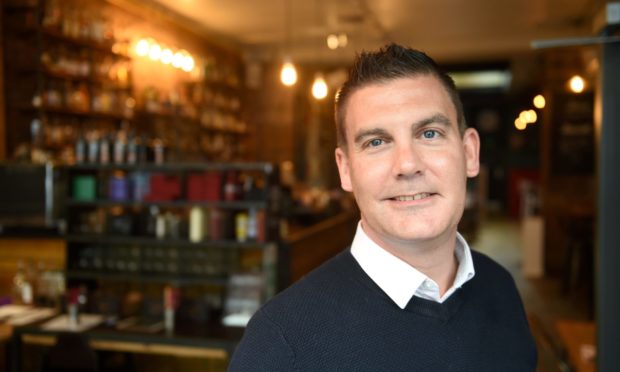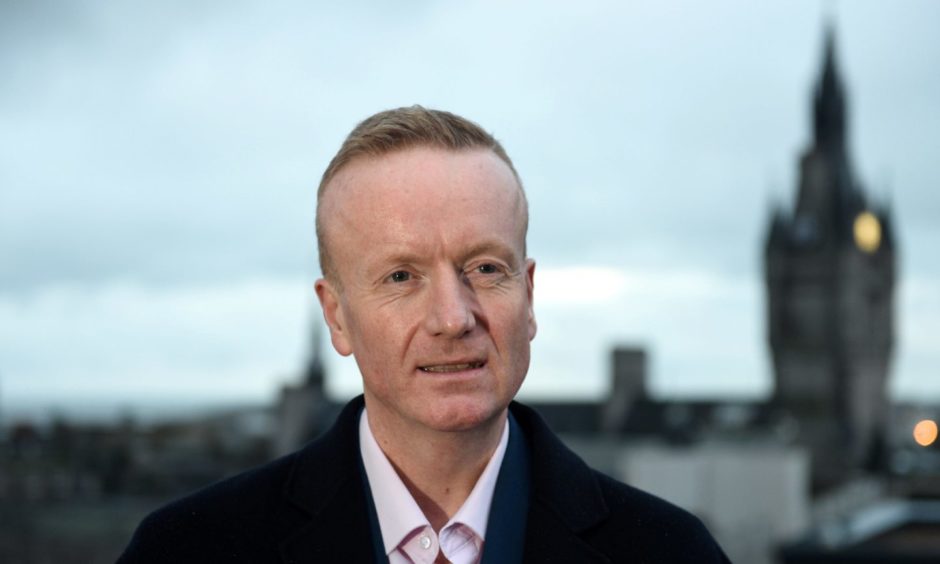A Highland hospitality boss has said pubs, bars and restaurants have been “made a scapegoat” by Covid restrictions as new figures show infection rates in the sector are less than 1%.
Data provided by members of the Scottish Hospitality Group, who employ over 6,000 people, reveal there have been only 32 positive virus among staff since July.
The figures also show customer infection numbers remained at a consistently low level until Christmas – before dropping off completely as new and tighter restrictions were introduced.
The Scottish Hospitality Group said its firms had only been notified of a total of 30 cases among “millions of customers”.
Scott Murray, who owns several bars and restaurants in Inverness as part of Cru Holdings, said he felt the Scottish Government decision to close hospitality businesses has only served to push people “indoors and underground” to spread the virus.
He added: “I definitely feel the industry has been made a scapegoat by the Scottish Government in terms of very few cases have been traced back to hospitality.
“I think if we look at the measures that hospitality has taken to keep staff safe, the chance of Covid-19 being transmitted in these environments is so low I can’t understand the decision to close venues.
“It was completely the wrong decision and, if the Chicago prohibition era taught us anything, it is that when people want to socialise they will find a way to socialise.
“You can either try to prevent it or you can get on board and regulate it.”
Mr Murray did, however, say that while many bars and restaurants have not been able to weather the “severe financial pressure forced upon them”, his sector “will be in a fantastic position to reopen”.
“We’ll be able to provide customers with a safe environment and a safe place for their staff and a very busy season ahead within our communities,” he said.
Adrian Watson, chief executive of Aberdeen Inspired, said that “lots of reactive statements” had been made about the sector and decisions had to be “evidence driven”.
“If the latest figures are still suggesting transmission has been low in hospitality then that should probably reassure people,” he said.
“Of course health takes primacy, but we’ve a bit more insight now into what Covid-19 is – not only to the hospitality industry but in general.
“Now when we start to see evidence like this presented in the cold light of day and we see the work that’s been put in, we’ve a bit more of an understanding now of where we stand with it all.
“There was a bit made of hospitality still being open before lockdown, but it has to be all about the figures – and the latest figures are saying staff and customers are relatively safe.”
A Scottish Government spokeswoman said: “We would expect infection rates amongst staff in hospitality to be low given the need to follow the strict safer workplaces guidance that has been developed for the sector.
“However, we know COVID-19 thrives in enclosed environments, where ventilation may be poorer and where people come into closer proximity with one another for extended periods of time.
“There are risks in settings with these characteristics, including, but not limited to, hospitality, thus the current measures are unfortunately necessary until we see sustained falls in infection rates.
“No one wants these restrictions in place a moment longer than absolutely necessary. We are totally committed to working with business especially in the most effected sectors of tourism and hospitality, as we have been doing throughout the pandemic and the Tourism Secretary continues to engage with the sector and individual businesses on a daily basis.”

